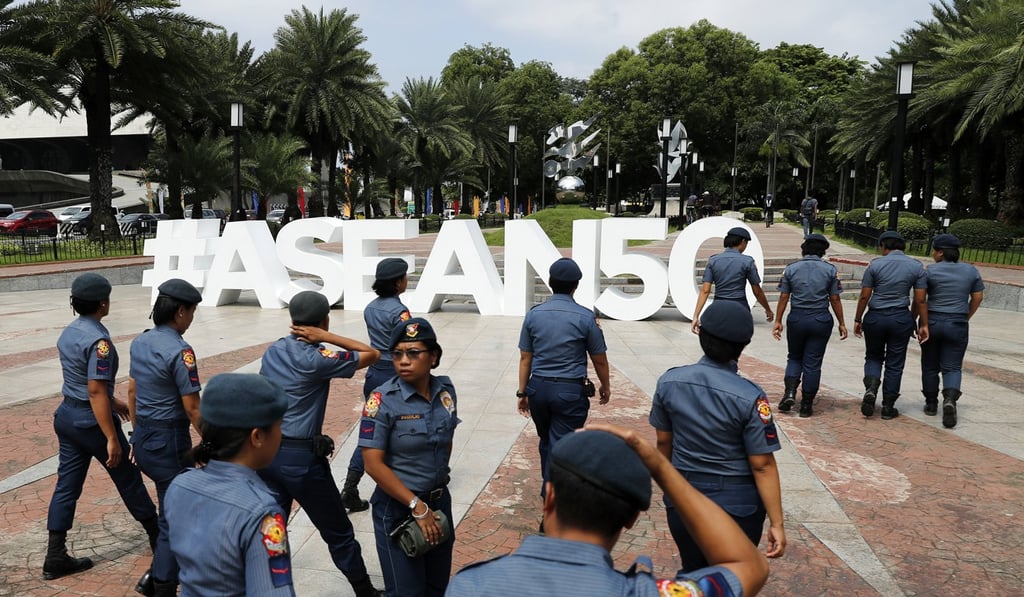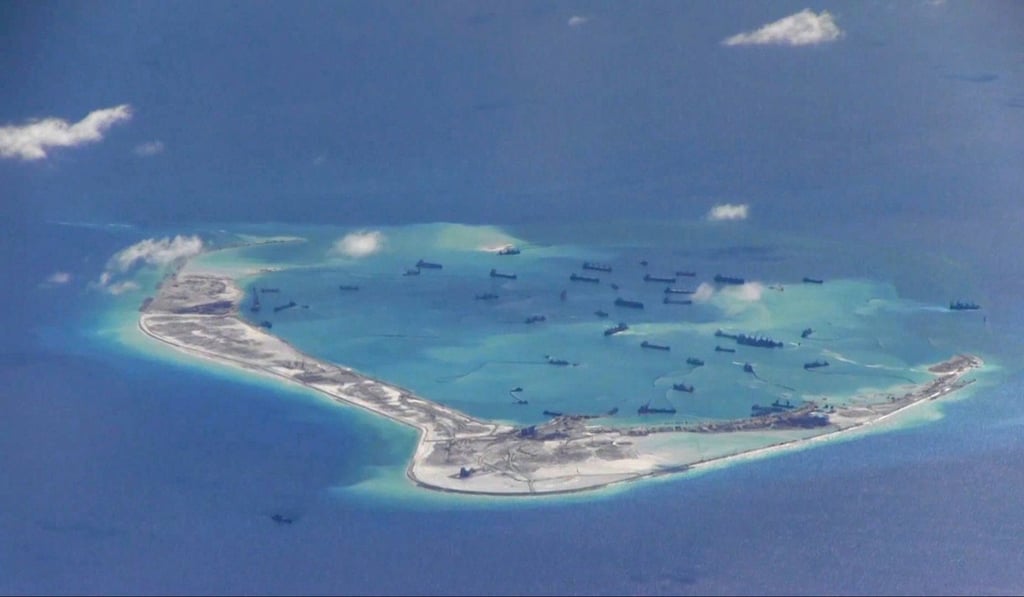Opinion | Forget the chatter, Asean-China relations are actually stable
The wheel has come full circle – stability has been restored to regional ties regarding the South China Sea

Attention at the gathering, yet again, was inordinately focused on the language in their joint communique. Would China’s land reclamations be hauled up for criticism? Would it mention the court’s award? Finally, the communique “took note” of the concerns of some countries regarding the land reclamations and “emphasised the importance of non-militarisation and self-restraint” in the South China Sea. There was no mention of the tribunal’s award. The communiqué did, however, “warmly welcome” the improving cooperation between Asean and China and the adoption of the framework of a code of conduct in the South China Sea.

Singapore will not ‘roll over’ for China
For Asean and China, the award on July 12, 2016, constituted the closing of a tense chapter in its recent South China Sea-related political interactions and the opportunity to turn a new page of cooperation. That post-July 2016 cooperation has been manifested in the successful testing of a foreign-ministry-to-foreign-ministry hotline to manage maritime emergencies, the operationalisation of the observance of the Code for Unplanned Encounters at Sea, and the framework of the Code of Conduct in the South China Sea.
WATCH: The South China Sea: What’s happened so far?
Asean-China relations are nowhere as fraught as hyped – or hoped – by extra-regional countries. In fact, every member of Asean, with the exception perhaps of Singapore, yearns for the success of Asean-China political relations – but not at the inadmissible cost of having to capitulate to Beijing’s unilateral and non-conforming sovereign rights claim to oil and gas resources in their respective exclusive economic zones in the South China Sea.
The turning of the wheel in favour of stability, dialogue and cooperation is also consistent with a pattern of easing and deterioration in the politics and security of the South China Sea over the past quarter-century. Four such cycles are evident: a deteriorating cycle from 1992 to 1999; an easing cycle from 2002 to 2008; a deteriorating cycle, again, from 2009 until 2016; and the current easing cycle underway since July 2016. Although no two easing or deteriorating cycles are identical, there are two clearly identifiable factors.
Has US left India out in the cold over China stand-off?
First, an unmistakable feature across each of the deteriorating cycles has been the slapping-down of a controversial and partially nonconforming maritime rights claim by China, which has been accompanied by actions that have visibly disturbed the status quo on the ground. In 1992, China promulgated its Law on the Territorial Sea and the Contiguous Zone and followed up by construction work on the Philippines’ continental shelf at Mischief Reef in 1995 – the first time that Beijing had moved against an Asean member country.


